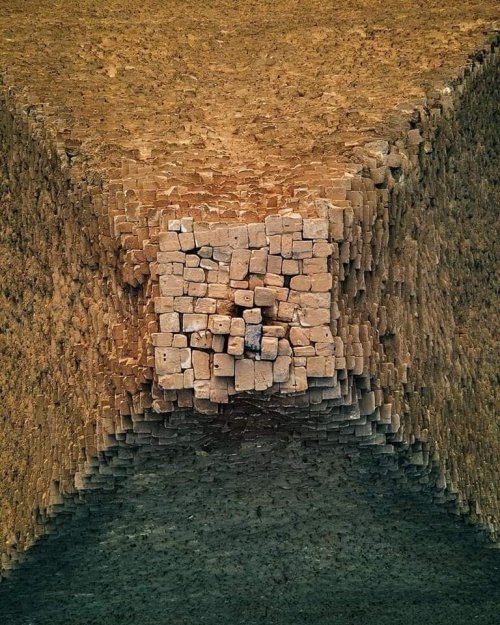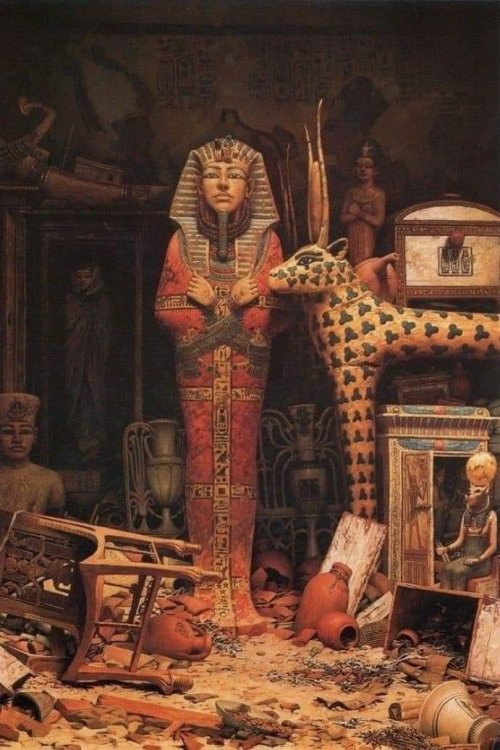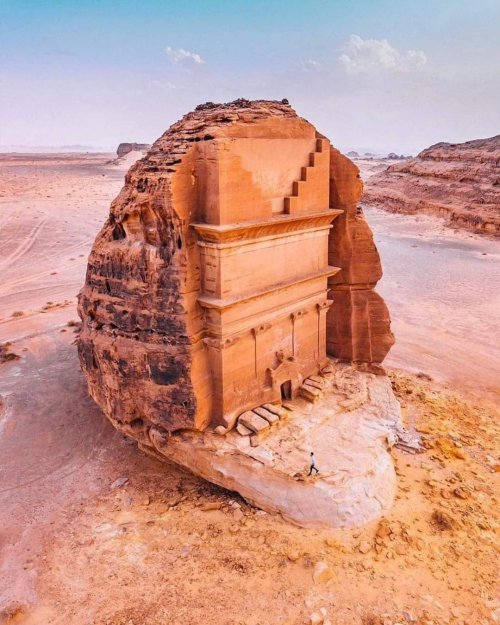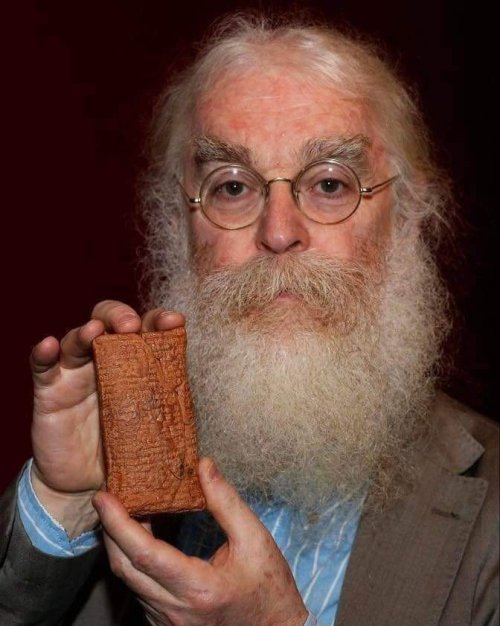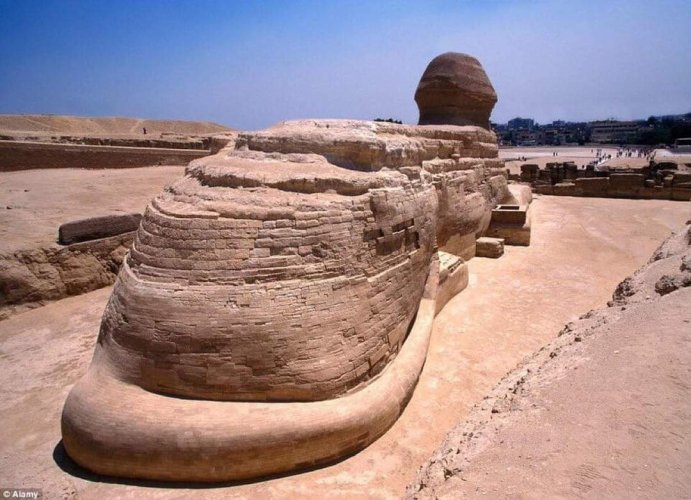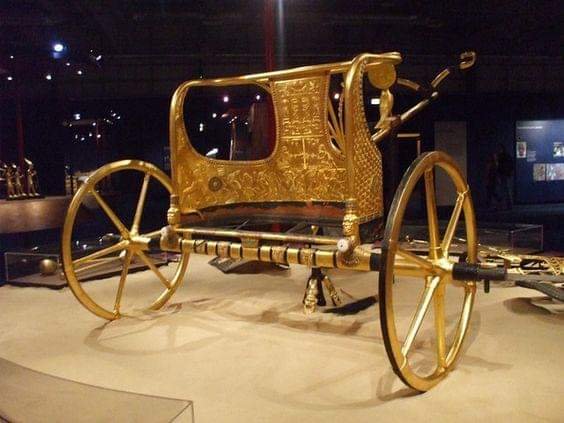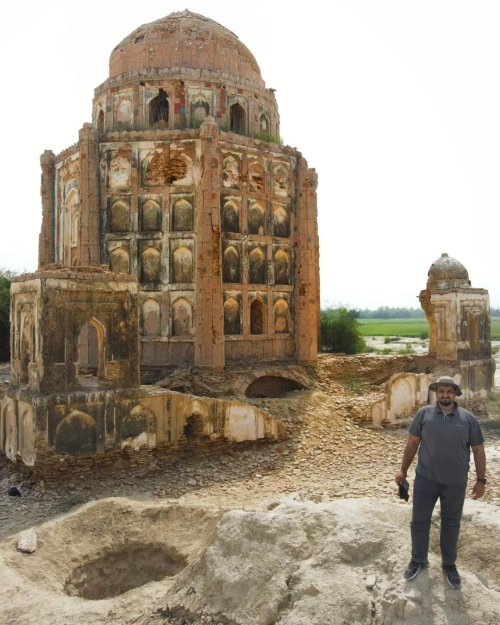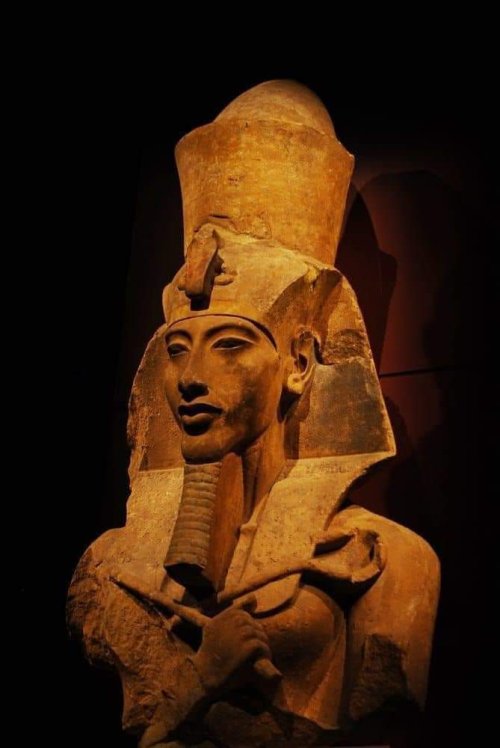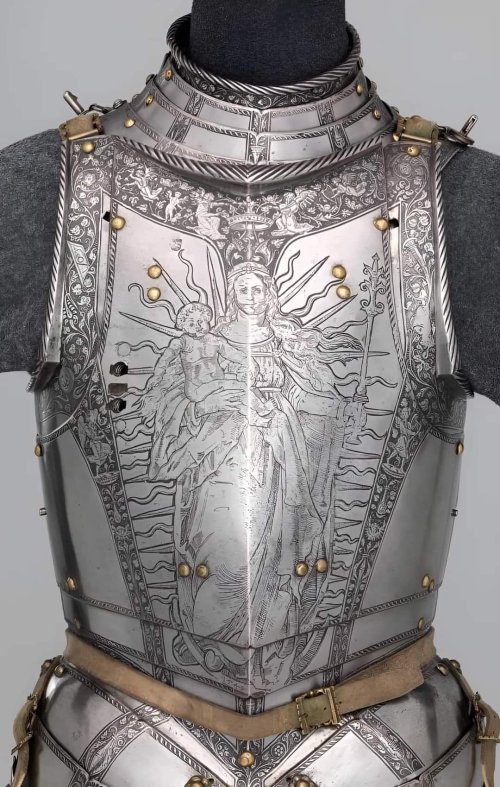You are using an out of date browser. It may not display this or other websites correctly.
You should upgrade or use an alternative browser.
You should upgrade or use an alternative browser.
Photos with Knowledge
- Thread starter Rizwan
- Start date
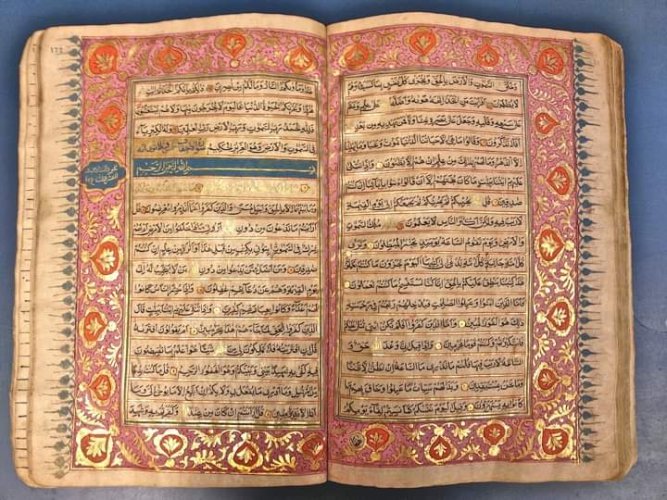
A Qur’an exquisitely decorated & copied by the 7th Timurid-Mughal Emperor, Bahadur Shah I (1712).
The contemporary historian Mustaʻidd Khan writes in his Maʻāsir-i ʻĀlamgīrī that, while still a boy, Prince Muḥammad Muʻaẓẓam (Bahadur Shah) acquired a perfect knowledge of the Qurʼan:
“He (Bahadur Shah) is deeply read in Arabic & the fluency & elegance of his diction are the wonder of the very Qur'an reciters of Arabia.”
-Mustaʻidd Khan
#Ramadan#history #Timurids #Mughals #Quran
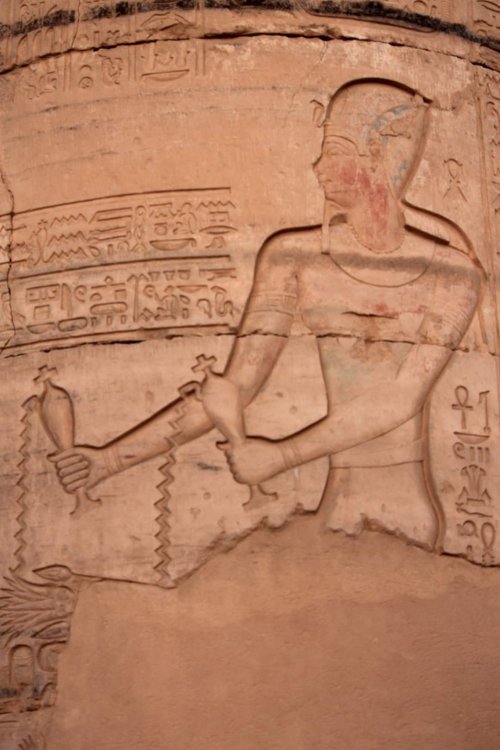
Kom Ombo is home to one of Egypt's most picturesque ruins, the Temple of the crocodile-god Sobek and Haroeris (Horus the Elder). The temple was built during the Ptolemaic dynasty in c180-47 BC in an elevated position overlooking the Nile, giving the site one of the most attractive of locations amongst Egypt's ancient monuments.The temple is unique in being dedicated as a twin sanctuary to two patron gods, southern half belonged to the crocodile-headed Sobek (or Sobk) and the northern half to the falcon-headed Haroeris. The twin shrine is often referred to simply as the Temple of Sobek owing to the fame of the crocodile cult here, where live crocodiles were once kept as living embodiments of the god and to whom offerings were made. Several of these crocodiles can still be seen in mummified form in the small museum that was recently built adjacent to the site (alas no photography allowed in the museum).The structure is less complete and more ruinous than many of the best known Egyptian temples, but this does at least make it a more picturesque, photography friendly site than some. The main core of the temple is fairly well preserved with the columns (with richly carved capitals) of the hypostyle hall and successive chambers and sanctuaries still standing at full height. The main courtyard is partially preseved but the original main facade with its pylon towers and gates has long since tumbled into the Nile as a result of erosion caused by the site's proximity to the river.
One of the most rewarding aspects of the temple is its relief decoration, with figures of the exotic, animal-headed deities and kings in unusually high relief (for Egyptian art) on every wall and pillar.

A remarkable discovery emerges from history as a 3,700-year-old clay tablet reveals the ancient Babylonians’ understanding of the Pythagorean theorem, predating Pythagoras by over a millennium.
Discovered in 1894 by a French archaeological expedition and now housed in the Istanbul Archaeological Museum, the tablet, Si.427, served as a practical tool for ancient land surveyors. It contains cuneiform instructions clarifying the construction of precise right triangles, representing humanity’s earliest documented application of geometry.
Daniel Mansfield, a mathematician from the University of New South Wales, explained the significance of Si.427’s markings, highlighting the Babylonians’ proto-trigonometric approach tailored for terrestrial measurements.
Si.427 not only delineates land boundaries but also provides insights into legal and geometric intricacies concerning divided fields. It includes sets of Pythagorean triples, like 3, 4, 5 and 8, 15, 17, used in land demarcation.
Mansfield’s prior discovery, Plimpton 322, shares a similar significance, showcasing the Babylonians’ pioneering efforts in trigonometry, crucial for property delineation during an era witnessing the rise of private land ownership.
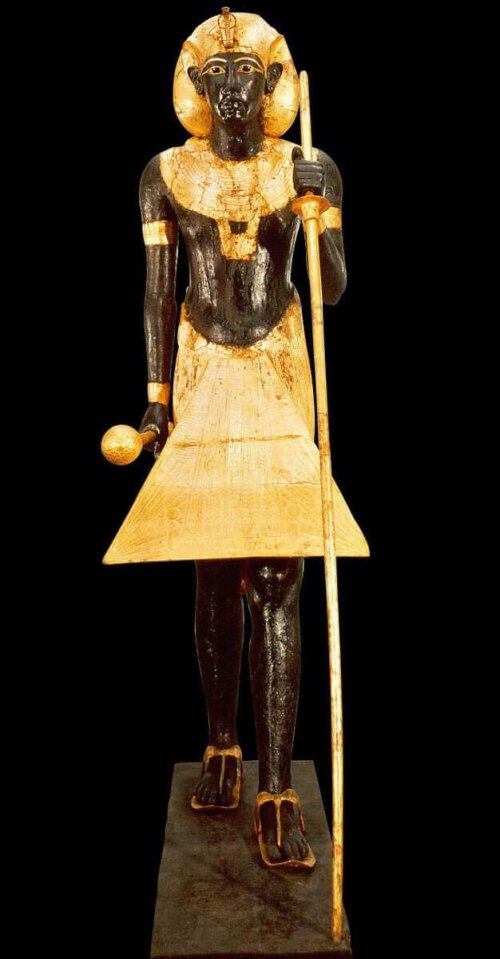
This wooden Ka statue is one of two statues that stood guarding the entrance of the burial chamber of Tutankhamun.
The King is wearing the Khat headdress and in one hand the king is holding the hedge mace, as the traditional weapon of a victorious king; and in the other, a staff in the form of a papyrus plant, which symbolizes youth and freshness.
The statue is in black representing the Nile mud that flooded and gave it fertility every year. Black signified resurrection and the continuity of life. Thus representing resurrection.
A Ka statue is a type of ancient Egyptian funerary statue. It is intended to provide a resting place for the Ka, or spirit, of the person after death.
The ancient Egyptians believed the ka (or life-force), along with the physical body, the name, the Ba (personality or soul), and the šwt (shadow), made up the five aspects of a person.
They believed that they have several types of souls or spirits. The Ka was the most important one and the statue evidently shows the king as his Ka.
Read more: https://egypt-museum.com/ka-statue-of-tutankhamun/
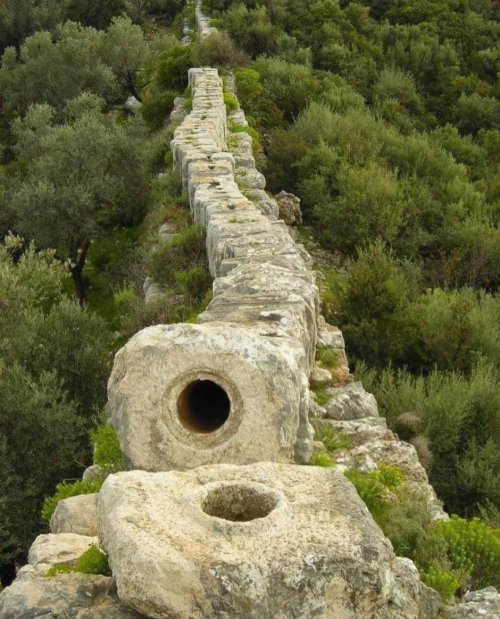
The Ancient Roman aqueduct in modern-day Turkey, dating back thousands of years, is a testament to the incredible engineering and architectural skills of the Roman Empire. These aqueducts were designed to transport fresh water to densely populated areas, and they were a significant improvement over the earlier structures built by civilizations in Egypt and India. The Roman aqueducts were constructed over a period of 500 years, from 312 BC to AD 226, and were funded by both public and private sources. Some of the most famous Roman rulers, such as Augustus, Caligula, and Trajan, commissioned the construction of these aqueducts.
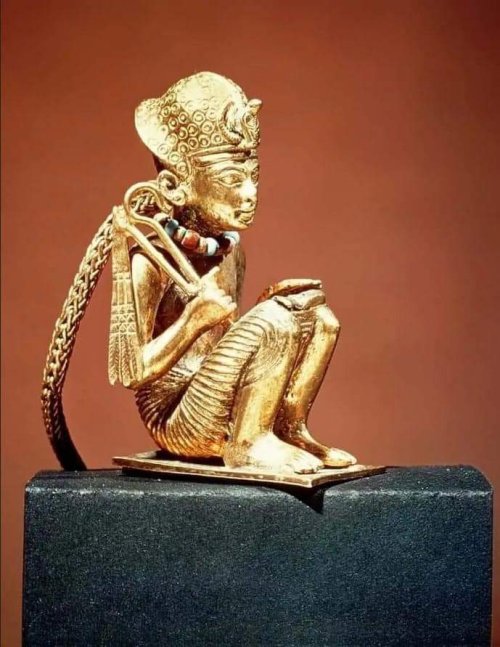
Gold Pendant of Amenhotep III found in the Tomb of Tutankhamun (KV62), Valley of the Kings, West Thebes.
In this solid gold pendant, king Amenhotep III is portrayed in a squatting position, wearing the Blue Khepresh Crown and carrying the crook and the flail. He wears a real gold necklace with glass beads. The statuette was suspended by a looped gold chain to be used as a pendant.
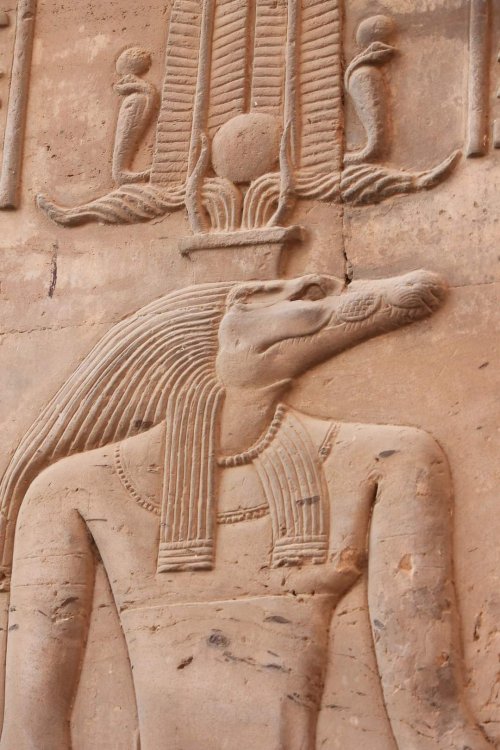
Sobek
The temple is atypical because everything is perfectly symmetrical along the main axis.
The temple was started by Ptolemy VI Philometor (180-145 BC) at the beginning of his reign and added to by other Ptolemys, most notably Ptolemy XIII (47-44 BC), who built the inner and outer hypostyle halls...
Much of the temple has been destroyed by the Nile, earthquakes, and later builders who used its stones for other projects. Some of the reliefs inside were defaced by Copts who once used the temple as a church.

